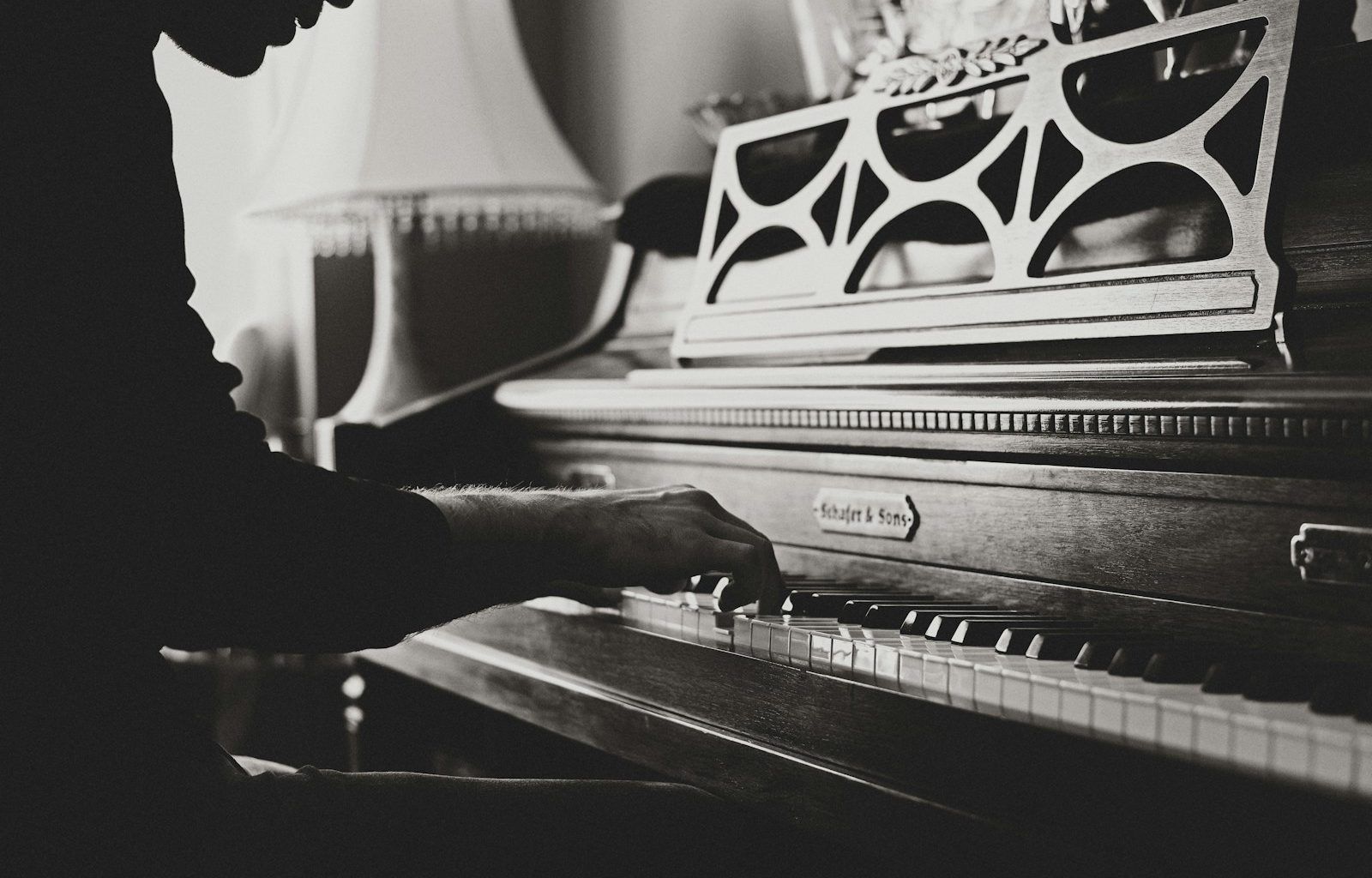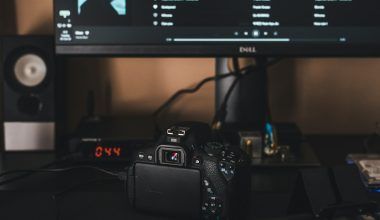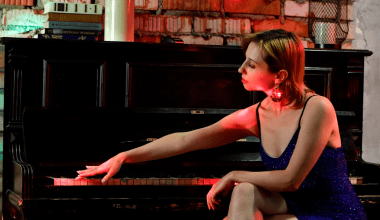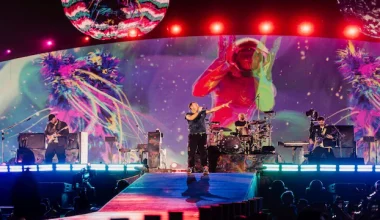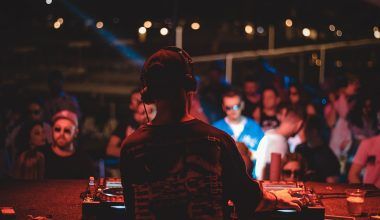Creating your own music studio can feel like a dream come true, especially if you’re passionate about music production. But if you’re a beginner, it might also seem a bit overwhelming. What equipment do you need? How much will it cost? Don’t worry—this guide will walk you through everything you need to know to set up your first music studio.
Why Set Up Your Own Music Studio?
Before we dive into the details, let’s talk about why having your own studio is a great idea. A music studio gives you the freedom to create music anytime you want. You’re not bound by someone else’s schedule, and you can experiment as much as you’d like without worrying about hourly studio fees. Plus, it’s an investment in your growth as a musician.
Step 1: Choose the Right Space
Your first step is to pick the best spot for your studio. You don’t need a huge room—even a corner of your bedroom can work. Look for a quiet area where you won’t be disturbed. A space with minimal outside noise is crucial for recording clean audio.
Tips for Choosing a Space:
- Noise levels: Pick a room away from busy streets or loud appliances.
- Acoustics: Avoid rooms with too many hard surfaces that can cause echo.
- Comfort: Make sure it’s a place where you’ll enjoy spending time.
Step 2: Essential Equipment for Beginners
Now let’s talk gear. You don’t need to buy everything at once. Start with the essentials and upgrade as you grow.
Must-Have Items:
- Computer: A reliable computer is your most important tool. Whether you prefer a PC or Mac, make sure it’s fast and has enough storage for your music files.
- Digital Audio Workstation (DAW): This is the software you’ll use to record, edit, and produce your music. Popular options for beginners include GarageBand, Audacity, and FL Studio.
- Audio Interface: This device connects your instruments and microphones to your computer. Focusrite Scarlett is a beginner-friendly option.
- Microphone: A good microphone is crucial for recording vocals or instruments. The Audio-Technica AT2020 is a great starting point.
- Headphones: Invest in studio headphones like the Audio-Technica ATH-M50x for accurate sound.
- Studio Monitors: These are speakers designed for music production. KRK Rokit and Yamaha HS series are popular choices.
Budget Tip:
If you’re on a tight budget, start with a basic setup and look for second-hand gear online. Many experienced musicians sell their equipment at reasonable prices.
Step 3: Setting Up Your Music Studio
Once you have your gear, it’s time to set everything up. Here’s how to do it step by step:
- Arrange Your Workspace: Keep your computer, audio interface, and other equipment within easy reach.
- Connect Your Devices: Plug your microphone and instruments into the audio interface, then connect the interface to your computer.
- Install Your Software: Download and install your chosen DAW. Most come with tutorials to help you get started.
- Test Your Setup: Do a quick test recording to make sure everything works properly.
Step 4: Treating Your Room’s Acoustics
Good acoustics make a big difference in how your music sounds. While professional acoustic treatment can be expensive, there are affordable ways to improve your room’s sound quality.
DIY Acoustic Treatment:
- Foam Panels: Place foam panels on the walls to reduce echo.
- Rugs and Curtains: These help absorb sound and prevent it from bouncing around.
- Bookshelves: A filled bookshelf can act as a diffuser to improve the room’s acoustics.
Step 5: Learn the Basics of Music Production
Now that your studio is ready, it’s time to dive into music production. Don’t worry if it feels overwhelming at first—everyone starts somewhere.
Beginner-Friendly Tips:
- Start Simple: Experiment with basic beats and melodies.
- Watch Tutorials: YouTube is full of free tutorials for beginners.
- Practice: The more you play around with your DAW, the more comfortable you’ll become.
Step 6: Keep Growing and Upgrading
Your first music studio is just the beginning. As you learn and grow, you’ll discover new equipment and techniques that can take your music to the next level.
Things to Consider Upgrading:
- Instruments: Add a MIDI keyboard or drum pad to expand your creative options.
- Software: Upgrade to a professional DAW like Ableton Live or Logic Pro.
- Gear: Consider investing in higher-quality microphones and monitors.
Conclusion: Start Your Music Journey Today
Setting up a music studio for beginners doesn’t have to be intimidating. With the right approach and a bit of patience, you’ll be well on your way to creating amazing music from the comfort of your home.
For further reading, explore these related articles:
- How to Play Music on Twitch: A Beginner-Friendly Guide
- How to Claim Your Spotify Artist Profile: A Step-by-Step Guide
For additional resources on music marketing and distribution, visit DMT Records Private Limited.
